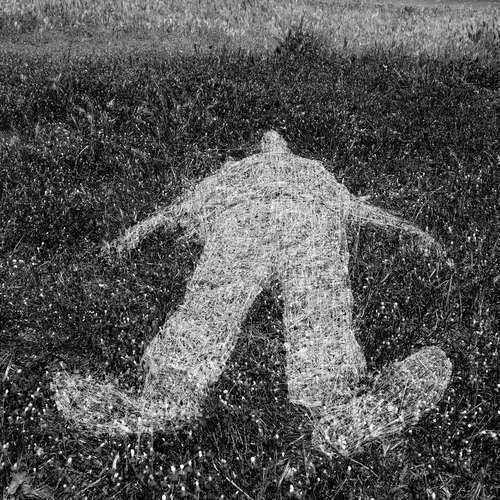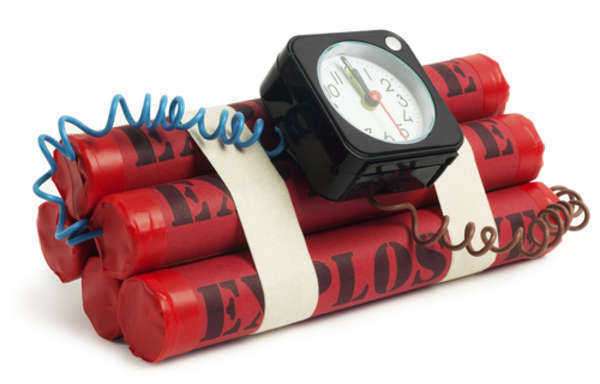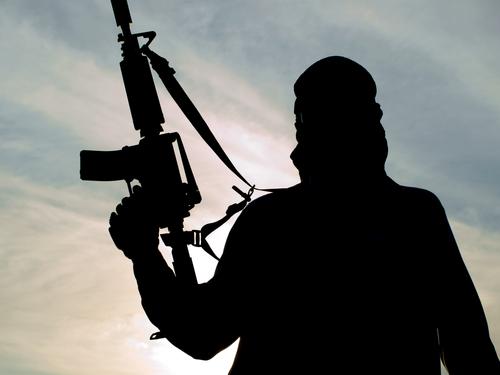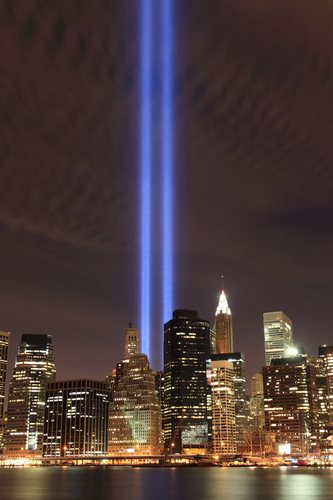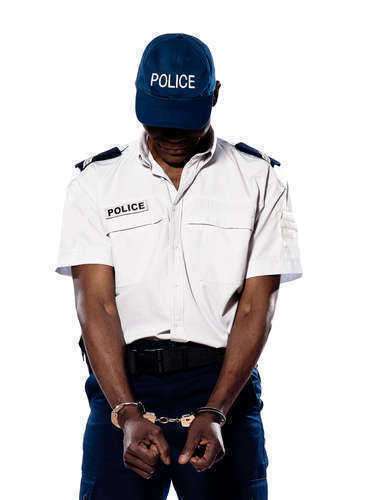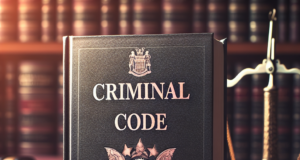Pseudocommando

According to the US National Library of Medicine, a pseudocommando “is a type of mass murderer who kills in public during the daytime, plans his offense well in advance, and comes prepared with a powerful arsenal of weapons.” These murderers do not show signs of planned escape after the killings, and research shows that a pseudocommando is often motivated by extreme feelings of anger while trying to issue payback through his or her spree of killings.
Some of these mass murderers may contact the public or news media, but the National Library of Medicine admits that little analysis has been devoted to analyzing the language and patterns of speech of the pseudocommando before he or she commits the crime.
The majority of mass murders that qualify as a pseudocommando are males.
In an article by James L. Knoll IV, MD in the Journal of the American Academy of Psychiatry and the Law, Seung-Hui Cho is described as a pseudocommando. Cho is the student at Virginia Tech who shot and killed 33 students and faculty, wounded 24 other people, and eventually committed suicide.
Cho committed the mass murder on April 16, 2007, and he was analyzed by a psychologist on December 14, 2005 after campus students complained he harassed them. The psychologist believed Cho was mentally ill but posed no risk to himself or the surrounding community.
Cho did not cause any more trouble until the shootings on April 16, 2007. On the same day, NBC received recorded video and 43 photographs from Cho. He showed signs of mental illness, planned the attack, and contacted the media with a manifesto—all indicative of a pseudocommando.
The most recent mass killing occurred on July 30, 2012 when James Eagan Holmes killed 12 people at a movie theater in Colorado. Holmes also showed signs of mental illness and planned the attack in advance.
Source: https://www.ncbi.nlm.nih.gov/pubmed/20305080



